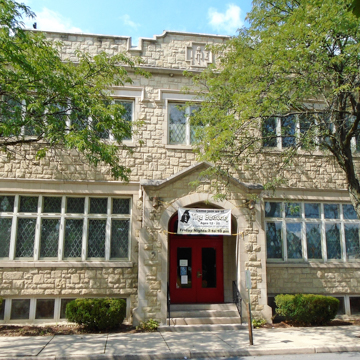This stone church stands today as silent testimony to the sophistication of the Protestant Episcopal congregation that commissioned it from Frederick Clarke Withers (1828–1901), an English-trained devotee of the Ecclesiologists who had come from London to work with Andrew Jackson Downing, practiced for a short time in New York City with Calvert Vaux and Frederick Law Olmsted, and who wrote books on church architecture. Built
You are here
St. Luke's Episcopal Church
1881–1882, Frederick Clarke Withers. 806 13th St.
If SAH Archipedia has been useful to you, please consider supporting it.
SAH Archipedia tells the story of the United States through its buildings, landscapes, and cities. This freely available resource empowers the public with authoritative knowledge that deepens their understanding and appreciation of the built environment. But the Society of Architectural Historians, which created SAH Archipedia with University of Virginia Press, needs your support to maintain the high-caliber research, writing, photography, cartography, editing, design, and programming that make SAH Archipedia a trusted online resource available to all who value the history of place, heritage tourism, and learning.












